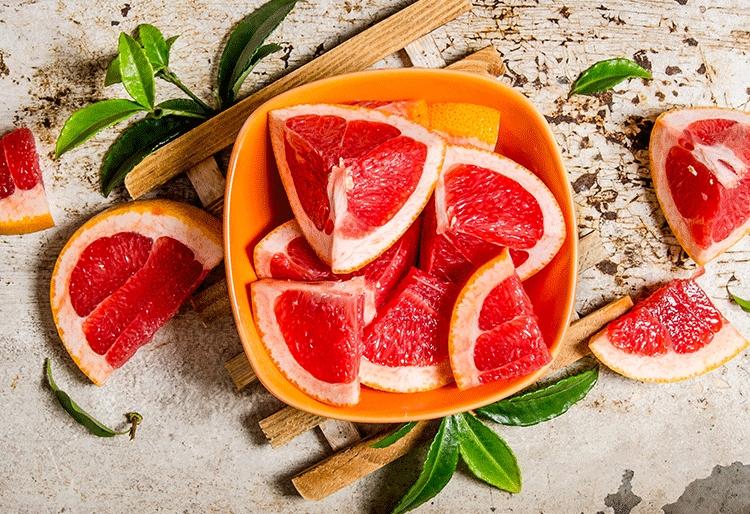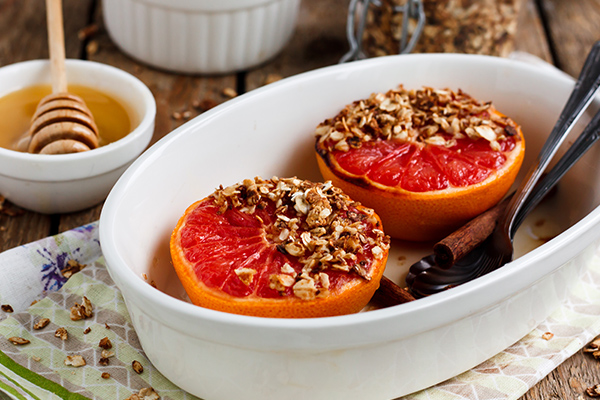Grapefruit or red orange, winter vitamins
Blood oranges, also known as sanguinelli or blood oranges, are a special variety of orange that stands out both for its taste and its dark red colour. It Is an orange with a lot of juice, so it's perfect for making juices. In addition to being a powerful natural antioxidant, it is also a very important source of vitamins.
fresh food
Share

Red orange is a variety of citrus that is distinguished by its dark red pulp. It is a mutation of the common sweet orange that occurs naturally when the right conditions are met.
This characteristic colour is mainly due to the strong temperature changes between day and night when the orange is growing. Their skin is also often reddish.
Red oranges, also called blood oranges, are in season in the cold months of December through May, so now is the best time to eat them.
The origin of the orange seems to be located in certain areas of China or the Southeast Mediterranean. Migrations brought citrus cultivation to southern Italy, especially Sicily, where Portuguese and Genoese introduced the sweet variety of orange. The specific origin of the blood orange is unclear, but it is most likely that its exploitation as a commercial product will be between Spain and Italy. Blood oranges have recently gained popularity in the U.S. because of their special flavour.
Italy is one of the main producers of red orange due to its climate, with cold nights and warm days. In our country, the Valencian Community is one of the few areas in Spain where this type of orange is produced.

Why is Grapefruit red?
The distinctive dark red colour of the flesh of blood oranges is due to the presence of anthocyanins, a family of pigments with antioxidant properties common in many flowers and fruits but infrequent in citrus fruits.
Properties of Grapefruit
If common oranges stand out for their nutritional virtues, the blood orange is not left behind. Those anthocyanins that dye orange red are a natural antioxidant. Blood orange is also rich in beta-carotene, a plant pigment with antioxidant capacity that is transformed into vitamin A as the body needs it. The amount of beta-carotene or pro-vitamin A in the blood variety is not comparable to any other variety of oranges. In addition, its anthocyanin contribution further reinforces its antioxidant potential.
Like any other fruit, the blood orange provides few calories because of its high water content and its moderate contribution of sugars. Its contribution of vitamin C is indisputable. One piece a day is enough to get all the daily amount that our body needs of this vitamin.
To make the most of its benefits and enjoy its full flavour, it is recommended to take it alone or combined with other fruit in fruit salad but always a little cold. The juices made with this variety are very good and slightly reminiscent of the taste of cherries or raspberries.






